1,1,3-Trichloroacetone
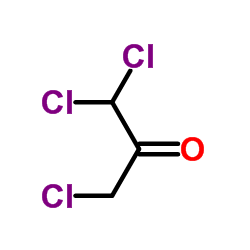
1,1,3-Trichloroacetone structure
|
Common Name | 1,1,3-Trichloroacetone | ||
|---|---|---|---|---|
| CAS Number | 921-03-9 | Molecular Weight | 161.414 | |
| Density | 1.5±0.1 g/cm3 | Boiling Point | 170.7±25.0 °C at 760 mmHg | |
| Molecular Formula | C3H3Cl3O | Melting Point | 9-11 °C(lit.) | |
| MSDS | Chinese USA | Flash Point | 79.4±0.0 °C | |
| Symbol |



GHS05, GHS06, GHS09 |
Signal Word | Danger | |
| Name | 1,1,3-Trichloroacetone |
|---|---|
| Synonym | More Synonyms |
| Density | 1.5±0.1 g/cm3 |
|---|---|
| Boiling Point | 170.7±25.0 °C at 760 mmHg |
| Melting Point | 9-11 °C(lit.) |
| Molecular Formula | C3H3Cl3O |
| Molecular Weight | 161.414 |
| Flash Point | 79.4±0.0 °C |
| Exact Mass | 159.924942 |
| PSA | 17.07000 |
| LogP | 2.51 |
| Vapour Pressure | 1.4±0.3 mmHg at 25°C |
| Index of Refraction | 1.468 |
| InChIKey | ZWILTCXCTVMANU-UHFFFAOYSA-N |
| SMILES | O=C(CCl)C(Cl)Cl |
CHEMICAL IDENTIFICATION
HEALTH HAZARD DATAACUTE TOXICITY DATA
MUTATION DATA
|
| Symbol |



GHS05, GHS06, GHS09 |
|---|---|
| Signal Word | Danger |
| Hazard Statements | H301 + H311-H314-H330-H410 |
| Precautionary Statements | P260-P273-P280-P284-P301 + P310-P305 + P351 + P338 |
| Personal Protective Equipment | Faceshields;full-face respirator (US);Gloves;Goggles;multi-purpose combination respirator cartridge (US);type ABEK (EN14387) respirator filter |
| Hazard Codes | T+: Very toxic;N: Dangerous for the environment; |
| Risk Phrases | R25;R26;R34;R50/53 |
| Safety Phrases | S26-S36/37/39-S45-S60-S61 |
| RIDADR | UN 3390 6.1/PG 1 |
| WGK Germany | 3 |
| RTECS | UC3840000 |
| Packaging Group | III |
| Hazard Class | 6.1(b) |
| HS Code | 2914700090 |
| Precursor 10 | |
|---|---|
| DownStream 9 | |
| HS Code | 2914700090 |
|---|---|
| Summary | HS: 2914700090 halogenated, sulphonated, nitrated or nitrosated derivatives of ketones and quinones, whether or not with other oxygen function Tax rebate rate:9.0% Supervision conditions:none VAT:17.0% MFN tariff:5.5% General tariff:30.0% |
|
Determination of 14 haloketones in treated water using solid-phase microextraction and gas chromatography-mass spectrometry.
J. Chromatogr. A. 1407 , 208-15, (2015) Haloketones (HKs) are unregulated volatile disinfection by-products that show some potential risk even at low concentrations. While EPA Method 551.1 involves conventional liquid-liquid extraction and ... |
|
|
Carcinogenic activity associated with halogenated acetones and acroleins in the mouse skin assay.
Cancer Lett. 48(3) , 197-203, (1989) Several chlorinated acetones have been identified in drinking water and these, as well as a number of chlorinated acroleins, are produced by chlorination of humic acid solutions. Many of these chlorin... |
|
|
Activity of 1,1,1- and 1,1,3-trichloroacetones in a chromosomal aberration assay in CHO cells and the micronucleus and spermhead abnormality assays in mice.
Mutat. Res. 206(4) , 431-8, (1988) 1,1,1- and 1,1,3-trichloroacetones (TCA) result from the disinfection of municipal water supplies with chlorine, and are direct-acting mutagens in the Ames/Salmonella assay. The objective of this stud... |
| 1,3,3-trichloroacetone |
| 2-Propanone, 1,1,3-trichloro- |
| 1,1,3-trichloropropan-2-one |
| 1,1,3-Trichloroacetone |
| EINECS 213-063-6 |
| MFCD00040500 |
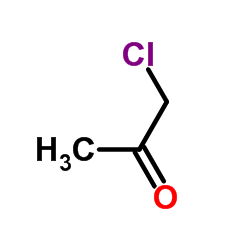 CAS#:78-95-5
CAS#:78-95-5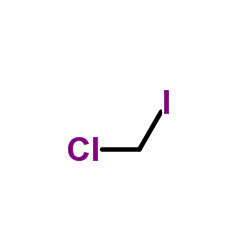 CAS#:593-71-5
CAS#:593-71-5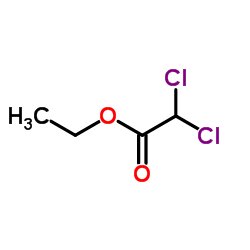 CAS#:535-15-9
CAS#:535-15-9 CAS#:67-64-1
CAS#:67-64-1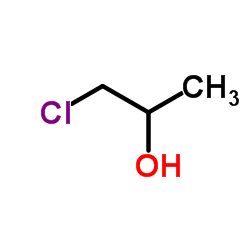 CAS#:127-00-4
CAS#:127-00-4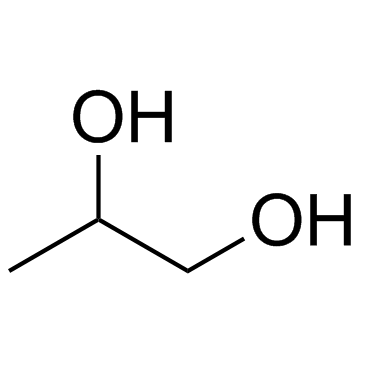 CAS#:57-55-6
CAS#:57-55-6 CAS#:96-23-1
CAS#:96-23-1 CAS#:186581-53-3
CAS#:186581-53-3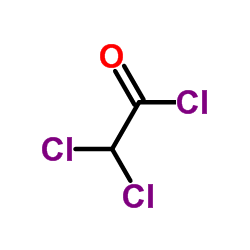 CAS#:79-36-7
CAS#:79-36-7 CAS#:1768-31-6
CAS#:1768-31-6![2-DICHLOROMETHYL-IMIDAZO[1,2-A]PYRIDINE structure](https://image.chemsrc.com/caspic/151/143982-35-8.png) CAS#:143982-35-8
CAS#:143982-35-8![Imidazo[1,2-a]pyridine-2-carbaldehyde structure](https://image.chemsrc.com/caspic/319/118000-43-4.png) CAS#:118000-43-4
CAS#:118000-43-4![2-diethoxymethylimidazo[1,2-a]pyridine structure](https://image.chemsrc.com/caspic/113/143982-36-9.png) CAS#:143982-36-9
CAS#:143982-36-9![5-Fluoroimidazo[1,2-a]pyridine-2-carbaldehyde structure](https://image.chemsrc.com/caspic/221/878197-67-2.png) CAS#:878197-67-2
CAS#:878197-67-2![8-methylimidazo[1,2-a]pyridine-2-carbaldehyde structure](https://image.chemsrc.com/caspic/489/143982-39-2.png) CAS#:143982-39-2
CAS#:143982-39-2 CAS#:116-16-5
CAS#:116-16-5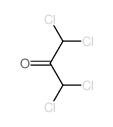 CAS#:632-21-3
CAS#:632-21-3![IMidazo[1,2-a]pyridine-2-carboxaldehyde, 8-bromo- structure](https://image.chemsrc.com/caspic/281/1194375-12-6.png) CAS#:1194375-12-6
CAS#:1194375-12-6
